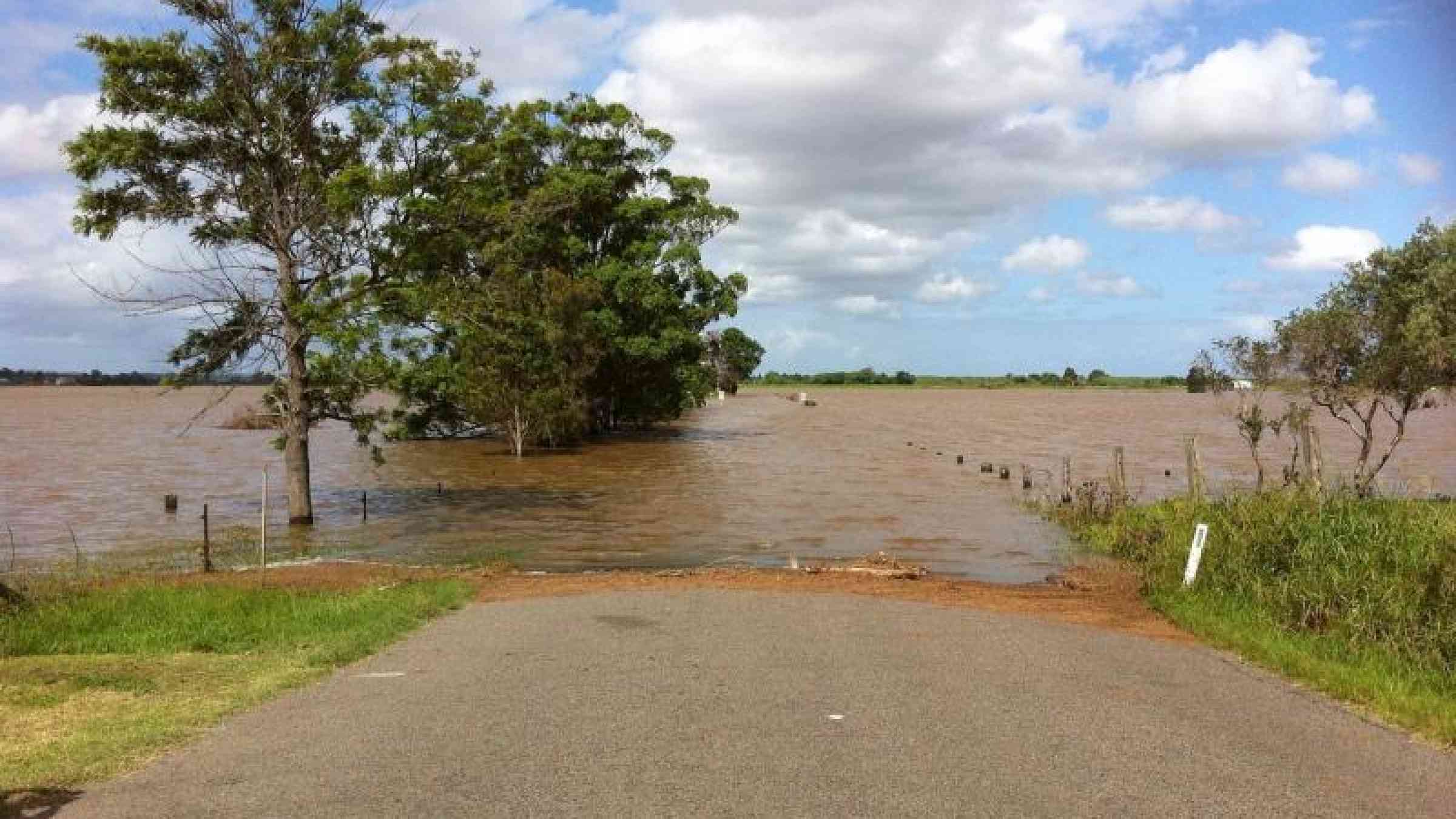
Misleading El Niño flood information could be putting lives at risk and resulting in misdirected disaster relief, new research suggests.
The new study, published on Wednesday 15 March in Nature Communications, comes after scientists suggested 2017 could see a third El Niño event in as many years, with the potential to disrupt weather patterns and food production globally.
Scientists from the University of Reading analysed billions of river flow data from across the globe through the 20th Century, to see how often El Niño and La Niña events resulted in abnormally high river flows and flooding. From the data, they were able to more accurately calculate the flood hazard facing people worldwide.
Currently, early flood risk predictions are often based on the assumption that some regions experience higher rainfall than normal during El Niño events. However, researchers argue this provides an incomplete picture, and that hydrological data must also be used to fully understand how vulnerable an area is to flooding.
Rebecca Emerton, hydrometeorologist at the University of Reading, and lead author of the study, said: “While a region might be likely to get more rain than normal, whether or not this leads to flooding depends on hydrological factors, too.
“Yet those who have to make decisions based on flood risk currently have little choice but to apply black or white predictions, based typically on just rainfall, to what is a very grey area.
“Our work could improve predictions as it takes into account that some areas are more vulnerable to flooding than others, rather than assuming more rain equals more floods. Decisions could therefore be made based on the full picture, and resources could be directed to areas most at risk.”
An El Niño event usually occurs in the Pacific every two to seven years, when normal temperature and wind patterns shift around the equator. This leads to changes in weather around the world, including to rainfall in Africa, Asia, Australia and North and South America.
In their paper, ‘Complex picture for likelihood of ENSO-driven flood hazard’, published in Nature Communications, the researchers found that the likelihood of flooding due to El Niño or La Niña is not as simple as is typically perceived and reported.
For example, while the 2015/16 El Niño event led to floods in Kenya and Peru, the impact was far less severe than was expected based on the devastating floods during two past strong El Niños, in 1982/83 and 1997/98. Weeks earlier, Indonesia witnessed damaging floods, despite typically experiencing drought during El Niño.
While efforts to take action and provide aid ahead of potential flooding are based on the best information available at the time, and are key in reducing the potential impacts of El Niño, resources may not have been used and distributed as effectively as possible. With extra data from many more El Niño events throughout the 20th Century, more informed decisions could be made based on how certain the impacts are.
Professor Hannah Cloke, hydrology professor at Reading and co-author of the study, said: “Understanding where it will rain is helpful to predict floods, but we also need to understand what happens to the water once it reaches the ground.
“Our analysis will provide better information for organisations, and at-risk communities, that could save lives and focus aid resources where they are needed most.”
The research involved scientists from Reading’s departments of Geography & Environmental Science and Meteorology, alongside the European Centre for Medium-Range Weather Forecasts in Reading.